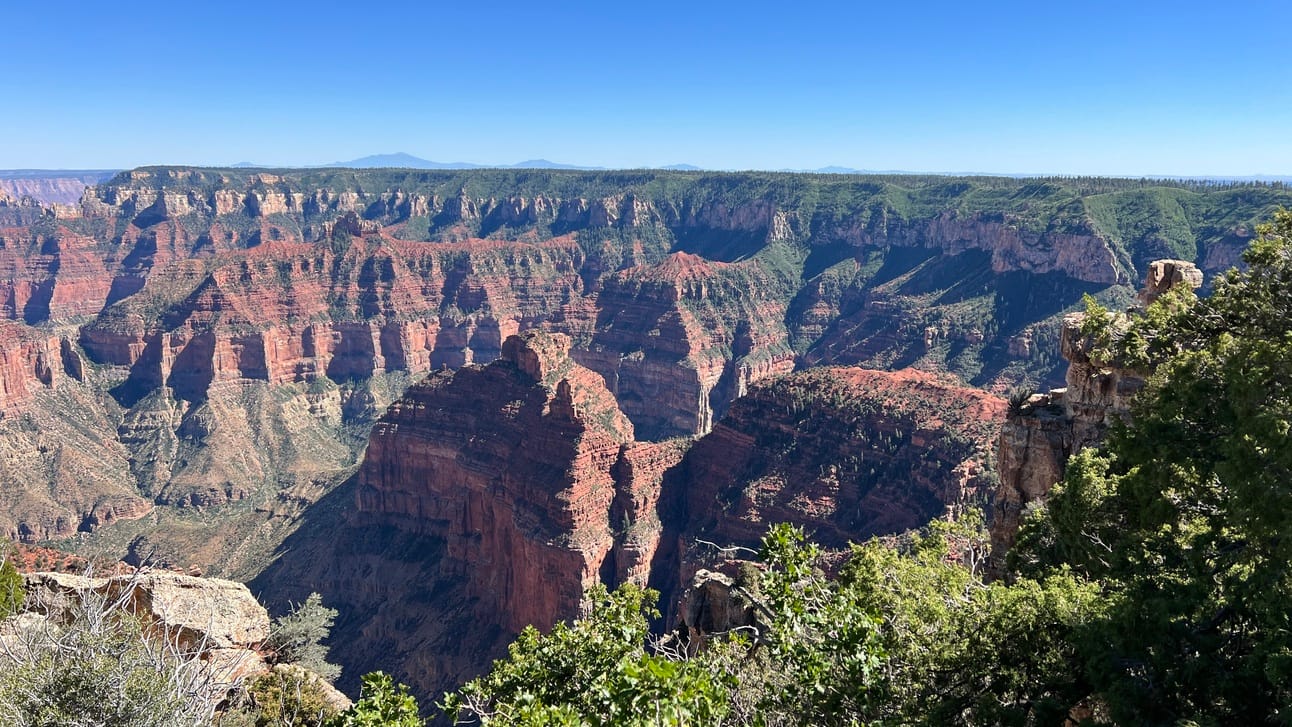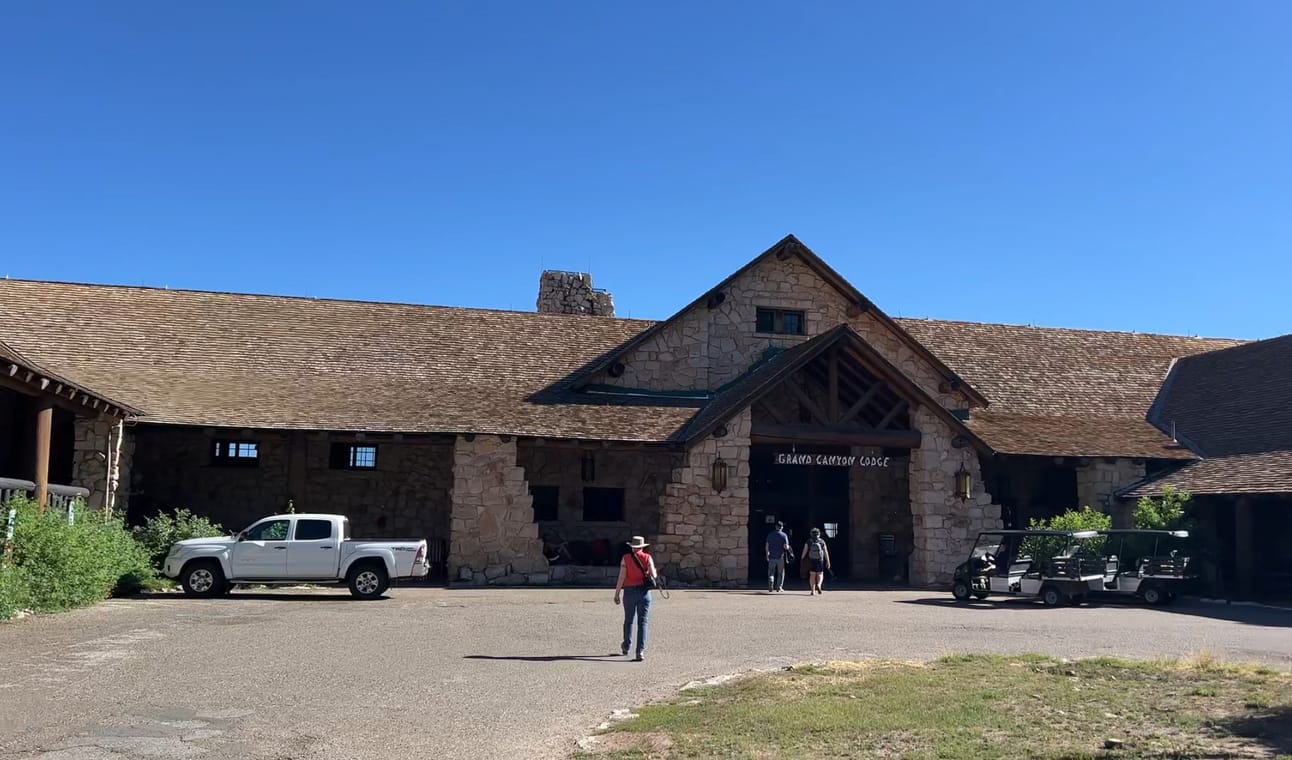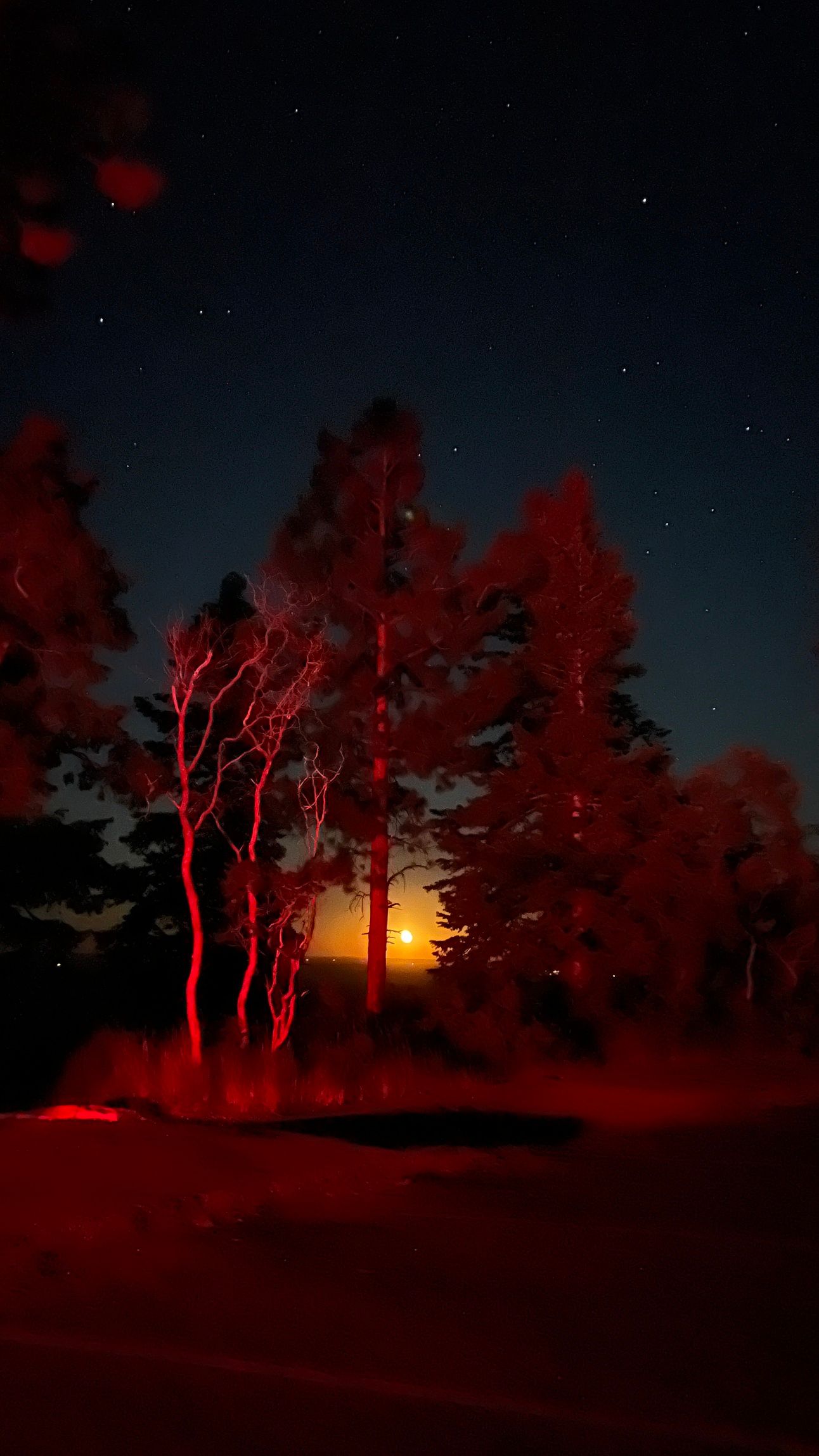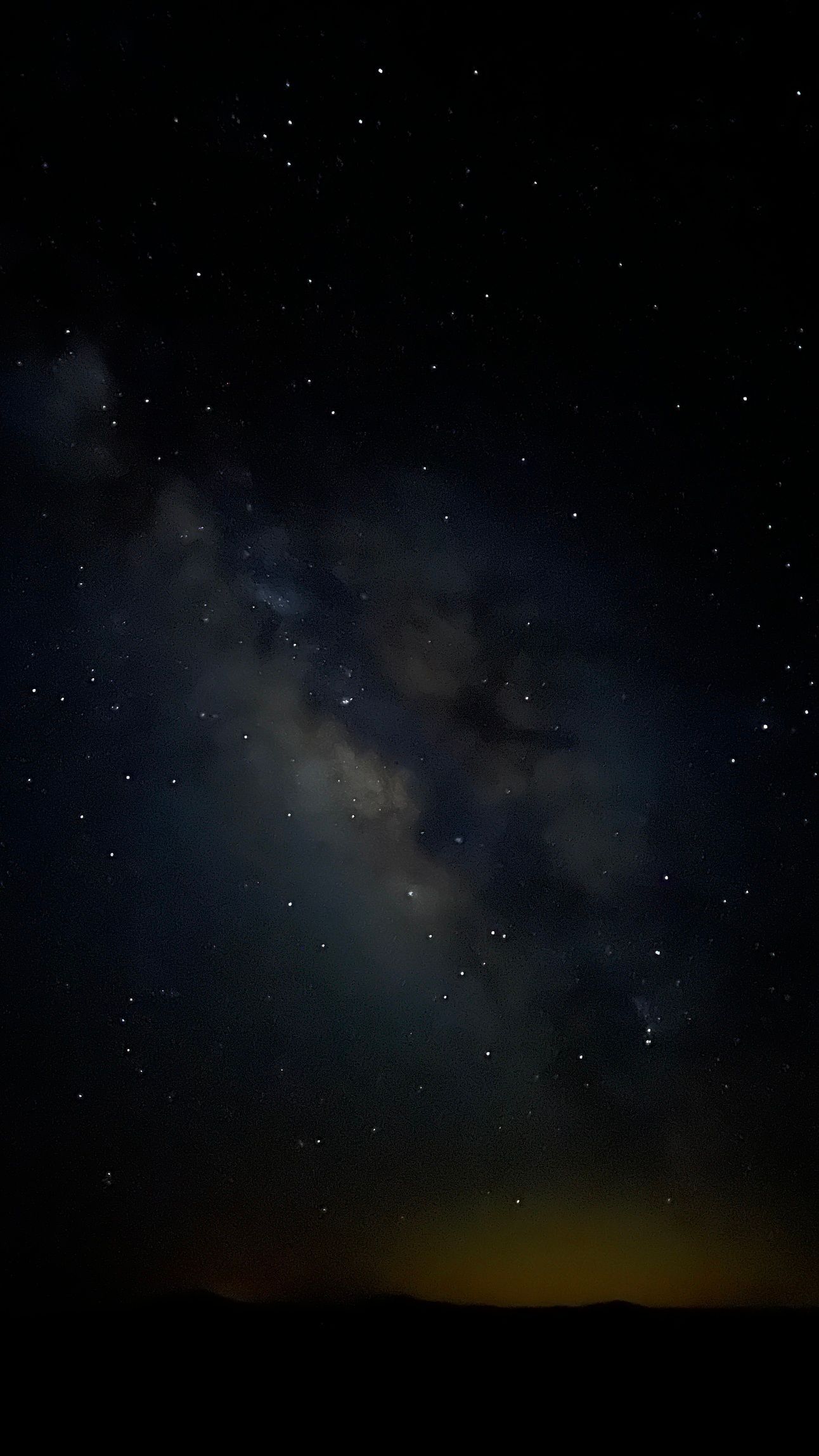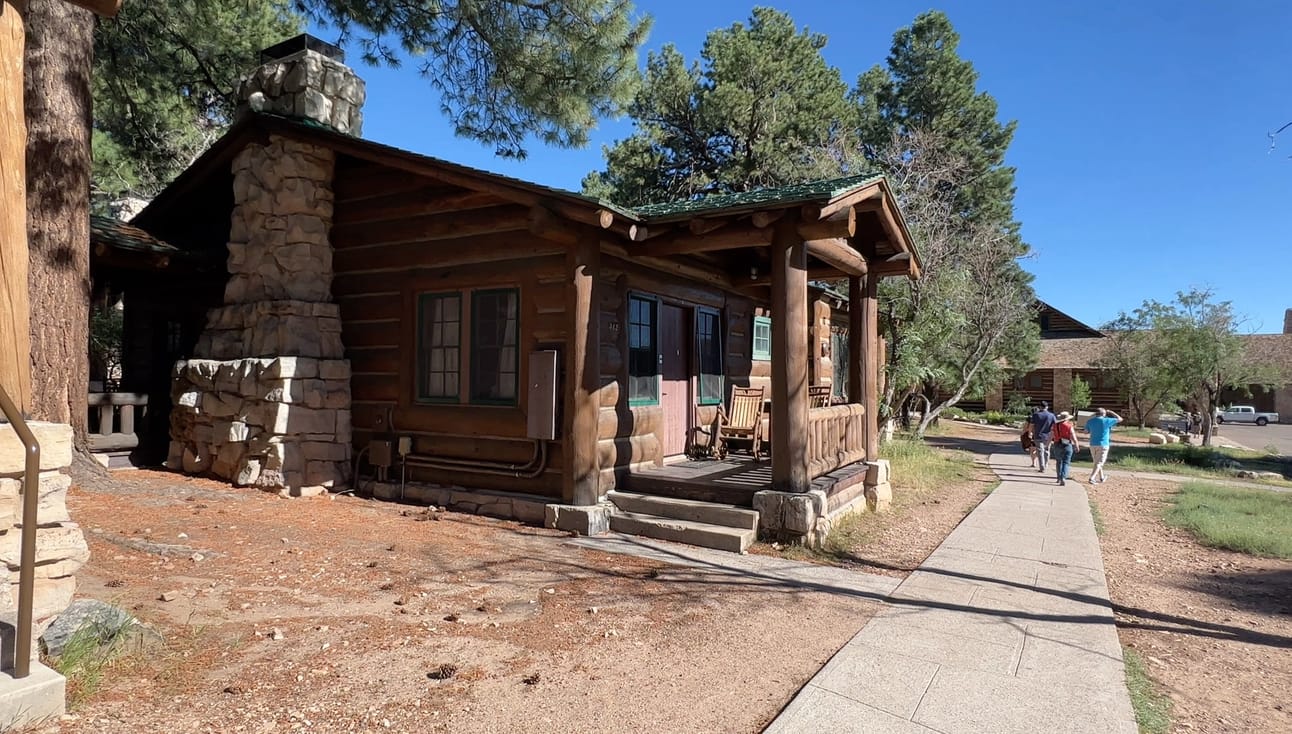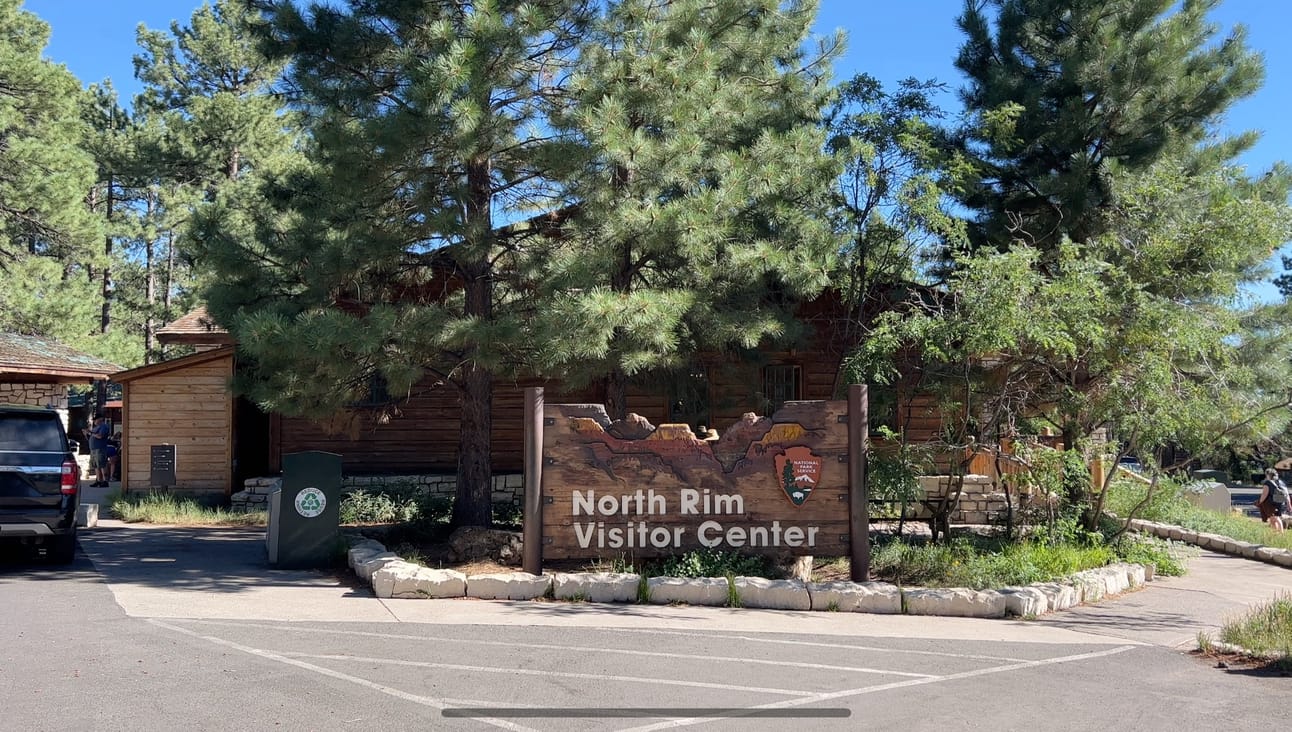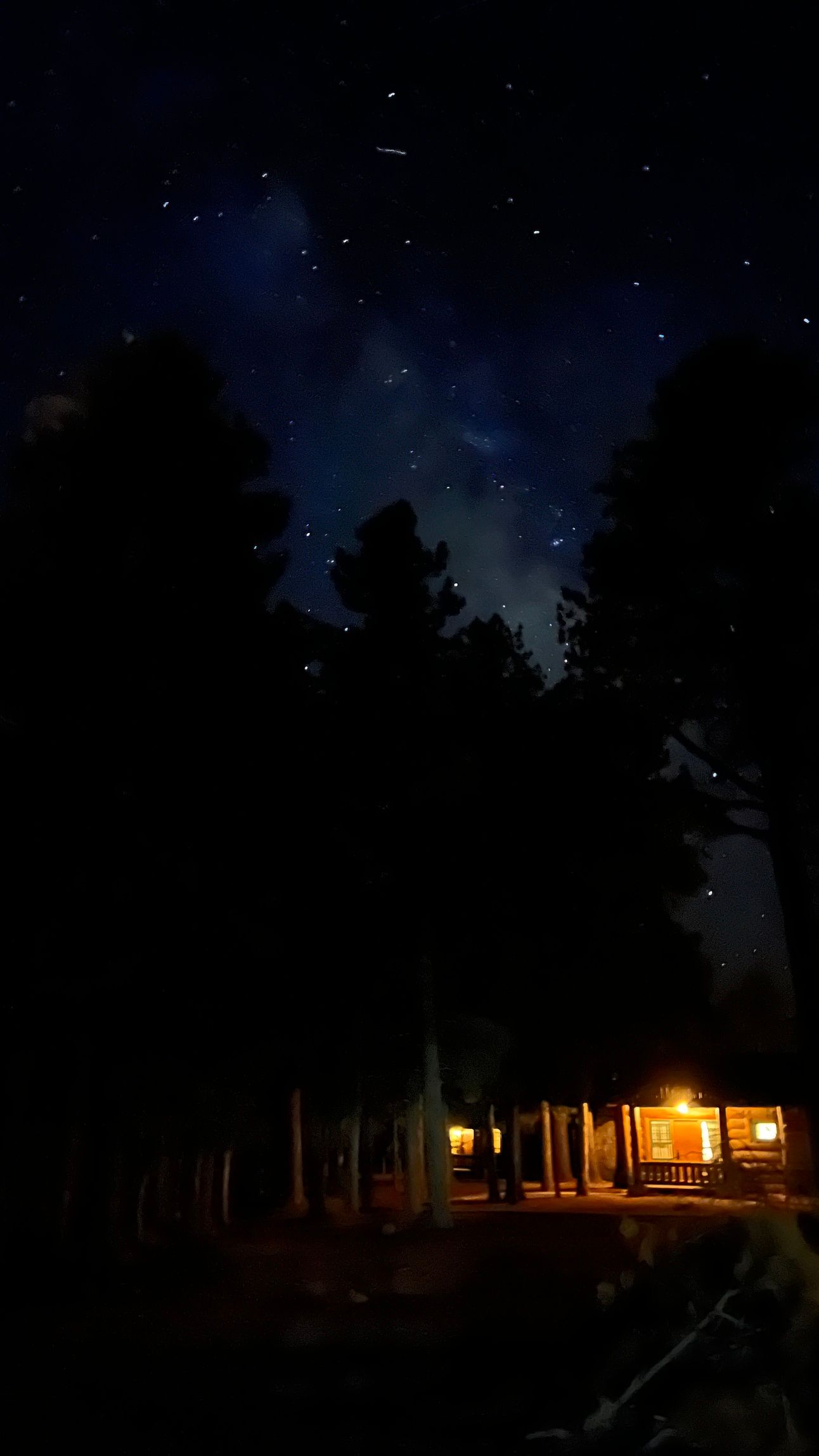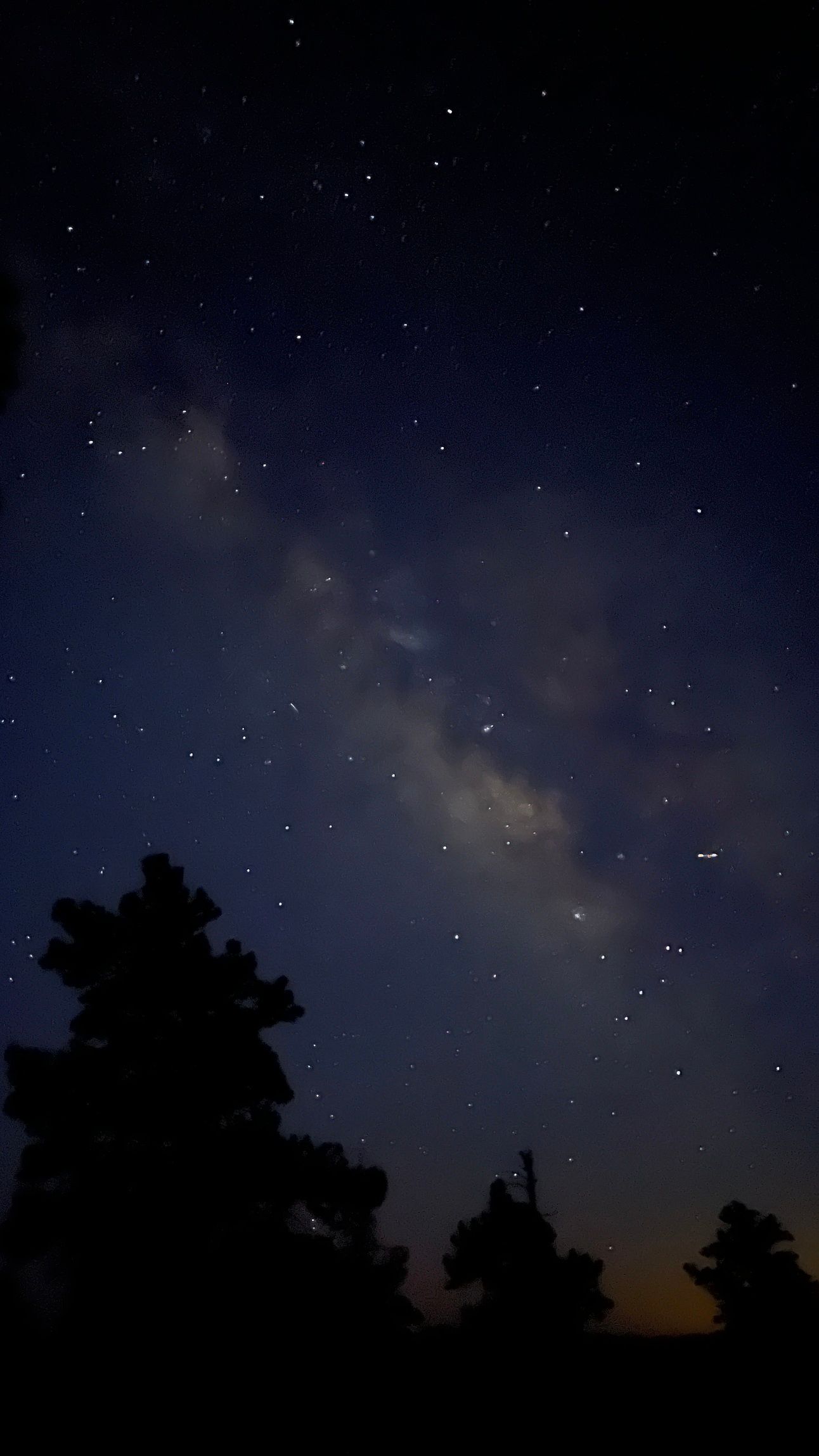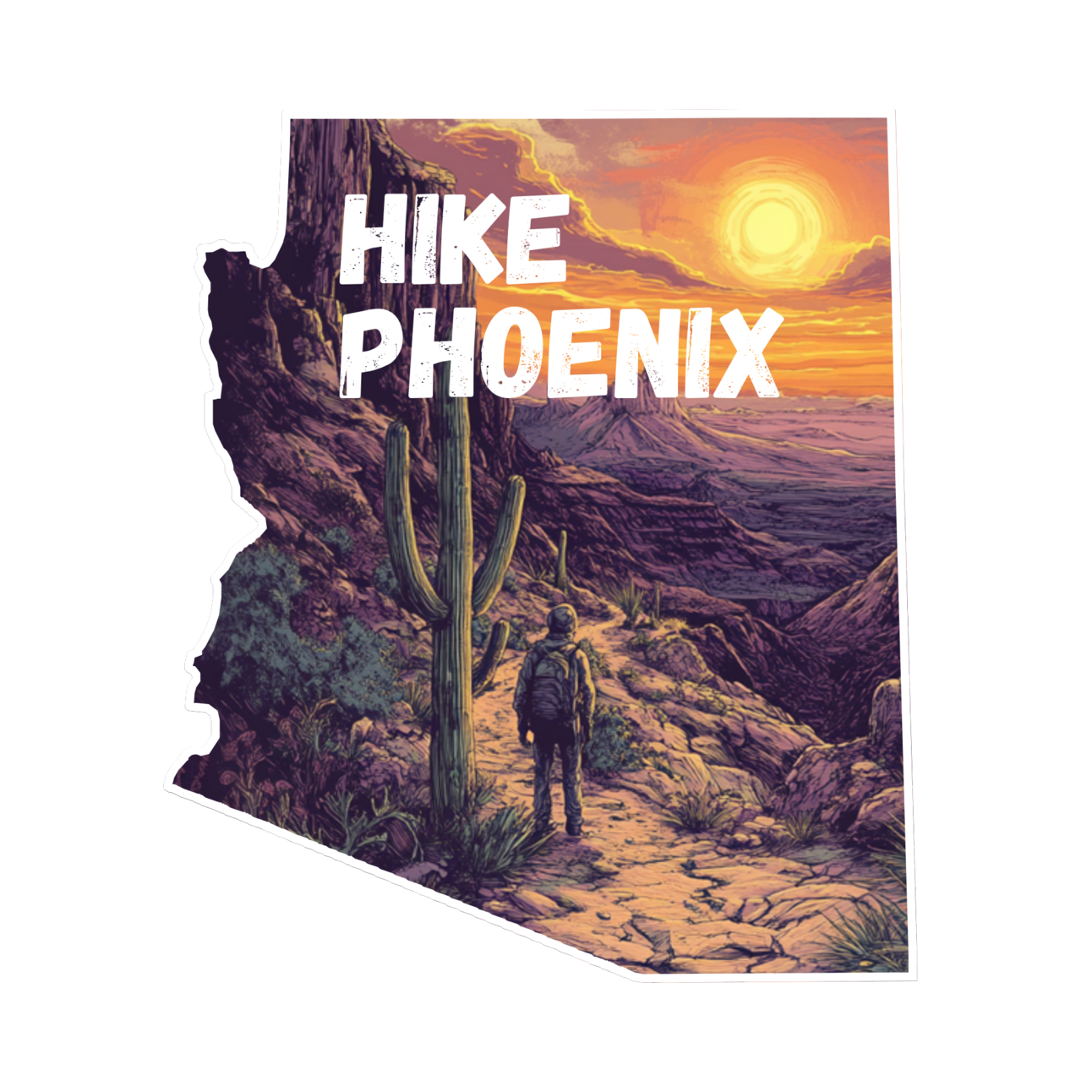The North Rim of the Grand Canyon, a peaceful forested edge of the canyon, has been devastated by the Dragon Bravo Fire, a lightning-caused wildfire that began on July 4, 2025. Since then, the fire has consumed over 5,700 acres, eventually destroying the iconic Grand Canyon Lodge and at least 50 to 80 other structures, including cabins, a visitor center, gas station, wastewater facility, and employee housing.

What Was Lost
Historic architecture: The Grand Canyon Lodge, built in 1927–28 and rebuilt in 1937 after a previous fire, was a National Historic Landmark that showcased traditional rustic park design.
Park infrastructure: Dozens of buildings vital to visitors and park staff were lost.
Trail access and water systems: A damaged water treatment facility caused a hazardous chlorine gas leak, leading to the closure of inner canyon trails near Phantom Ranch.
Why the Fire Grew So Intense
Initial fire strategy: Park officials first chose to monitor the fire to allow natural resource benefits, a common land-management tactic. But extreme heat, low humidity, and gusts up to 40 mph caused the fire to explode in size and intensity.
Rapid escalation: Within days, the fire grew beyond control, forcing a shift to full suppression tactics.
Closures and Evacuations
North Rim closed for 2025 season: The area is now shut down to all visitors, with mandatory evacuations ordered for campers, employees, and residents.
Additional fires nearby: The White Sage Fire near Jacob Lake has burned over 49,000 acres, placing more pressure on emergency response crews.
Response and Political Fallout
State and federal response: Arizona Governor Katie Hobbs and Senators Ruben Gallego and Mark Kelly are calling for a federal investigation into the fire’s management, questioning why aggressive containment didn’t happen sooner.
Conservation support: The National Parks Conservation Association has pledged to support rebuilding efforts and highlighted the need for better funding for national park fire readiness.
Clarification from officials: The U.S. Interior Department emphasized this was not a controlled burn. It was a wildfire initially managed under fire-adapted landscape principles, then actively suppressed as it escalated.
Recovery and the Road Ahead
Damage assessment: Teams are evaluating the loss of historic and natural resources.
Rebuilding efforts: Plans to restore the Lodge and visitor infrastructure will take time and significant resources, with an emphasis on honoring the original design.
Ecological recovery: Forest restoration and erosion control will be needed.
Fire policy re-evaluation: The National Park Service may revise future wildfire management strategies in light of a hotter, drier climate.
What Phoenix Hikers Should Know
The South Rim remains open, but expect some smoke and haze, especially in the mornings and evenings.
If planning a backcountry trip, check for alerts and closures. Conditions are changing rapidly.
This event is a powerful reminder to stay aware of fire conditions, bring N-95 masks when smoke is present, and always know your evacuation options.

I had the privilege of visiting the North Rim in August of 2023, with my father & a group of car enthusiasts. We stayed at the lodge and had dinner there the first night. It was as amazing as you could imagine.
Unfortunately, things in wild places are subject to the whims of Mother Nature. The lodge was there for a long time, and I am hopeful it will be recreated in a new form.
Here are some of my favorite images from that trip. We were luck to be there on a night when there was a ranger led star gazing event.
